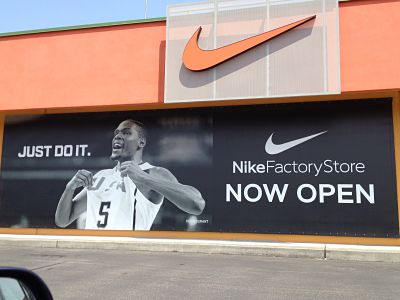7 Elements of a Successful Ecommerce Brand

I guess there is no point in pretending… running an Ecommerce store is hard. I mean, really hard.
Setting up a store is no longer enough to succeed. Sure, in the old days, all you needed was a good domain name, website, some products on it and a pinch of SEO to start selling.
These days it’s all gone.
Today’s customers are more weary from whom they are buying. They want to be sure that you are worthy of their money. Appearing on the first spot in a search engine (regardless of how difficult that is these days) is not enough to convince them that you are the one they should buy from.
Let’s face it, most likely there are plenty of other stores like you they could visit and buy from.
Today, in order to succeed, you need a strong brand.
But Why Investing Time and Effort Into Building a Brand
Having a brand creates a situation in which you no longer just sell products. You are offering an experience, and one that goes beyond your site and the shopping cart.
A brand is not only a logo or colors you use on your site. In fact, they would be the smallest elements of a brand.
A brand is more a collection of all experiences your users have when interacting with your company.
But, how do you build a brand? How do you decide what a brand is and how you are going to construct one?
What is a Brand
There are many “official” definitions of a brand. However, the one that resonates the most with me is a definition created by prof. Stephen Brown in 1992. According to his theory, a brand is a sum of all mental connection people have around it.
In other words, a brand is not a logo or a slogan, is a mental experience customers associate with it. Just think of Amazon or other major brands. You definitely have certain emotions associated with them. It could be anything from a complete satisfaction to disilussion and disappointment, depending on your experiences with a brand.
But, these feelings come not only from the actual experience of purchasing from their store. Their image, advertising, message, support and customer service play an equal part in communicating that message.
Then why do some brands get it wrong? Why can’t customers tune in to some of them?
I believe that the problem lies with the fact that some companies omit some of the key brand elements when creating theirs.
If you want to launch or grow an online store, here are some things you should think of before embarking on your first advertising campaign.
Key Elements That Consititute a Brand
In order to build a brand, you need to decide on a number of factors. These factors help to define the entire set of experiences a person should have with your brand.
Attributes of a Brand
Attributes are all tangible assets of your business. Things such as what makes the products you sell special or what differentiate you from your competitors would fall under this category.
Of course, if you sell someone else’s product, you don’t need to decide on any of those. They are a given. However, when it comes to your company, it is something you need to work out yourself.
Benefits of a Brand
These would be all tangible benefits that your customers experience when interacting with your brand. A very good example of such a benefit would be free shipping. It is highly helpful and definitely a factor customers seek out these days.
Other examples might include expert advice, support, extended phone hours or any other helpful thing that customer can experience.
Emotional Benefits
One of the most important aspects of a brand. Unlike the previous two factors, emotional benefits are intangible benefits your customer will experience when buying from you.
Some examples of emotional benefits might include quick purchase process, speed of delivery, convenience, peace of mind, payment security etc.
Target Audience
A brand exists for a specific audience. Therefore, working out who you will be communicating with is crucial. Decide who do you build the brand for. Who will be the recipient of your entire marketing message?
Knowing your target audience’s characteristics will help you to decide what messages you will be conveying with your brand, what channels will you use and how.
Communications Channels
Speaking of channels, they are an intergral part of a brand. The way you reach your customers is equally important to what you are telling them. However, channels are not limited to your marketing. Note that every time a customer gets in contact with your brand, a channel is involved. Therfore, it is crucial to work out all your touch points and have strategies in place for them all.
Brand Personality
Each brand has it’s own, unique personality. And, this is exactly what appeals to customers and makes them to choose one brand over another.
It works quite similarly as with friendships. We choose our friends based on their personalities and how they match ours, funnily enough, we do the same with brands.
That’s why understanding your target audience is crucial. Without it, you will not be able to create a personality that speaks to them.
Brand Idea
Brand idea is the very essence of a brand. It is exactly what it wants its customers to think every time they have an encounter with a brand.
To illustrate it with some examples:
- Disney: magical
- Amazon: everything, easily
- Apple innovation
Conclusion
These days, a brand is the strongest element of any ecommerce store. It makes people to believe in you. It tells them who you are and what makes you different from anyone else on the market. It tells them if they like you and should buy from you.
Therefore, building a strong brand should be the key focus for your store. Everything else comes second.





